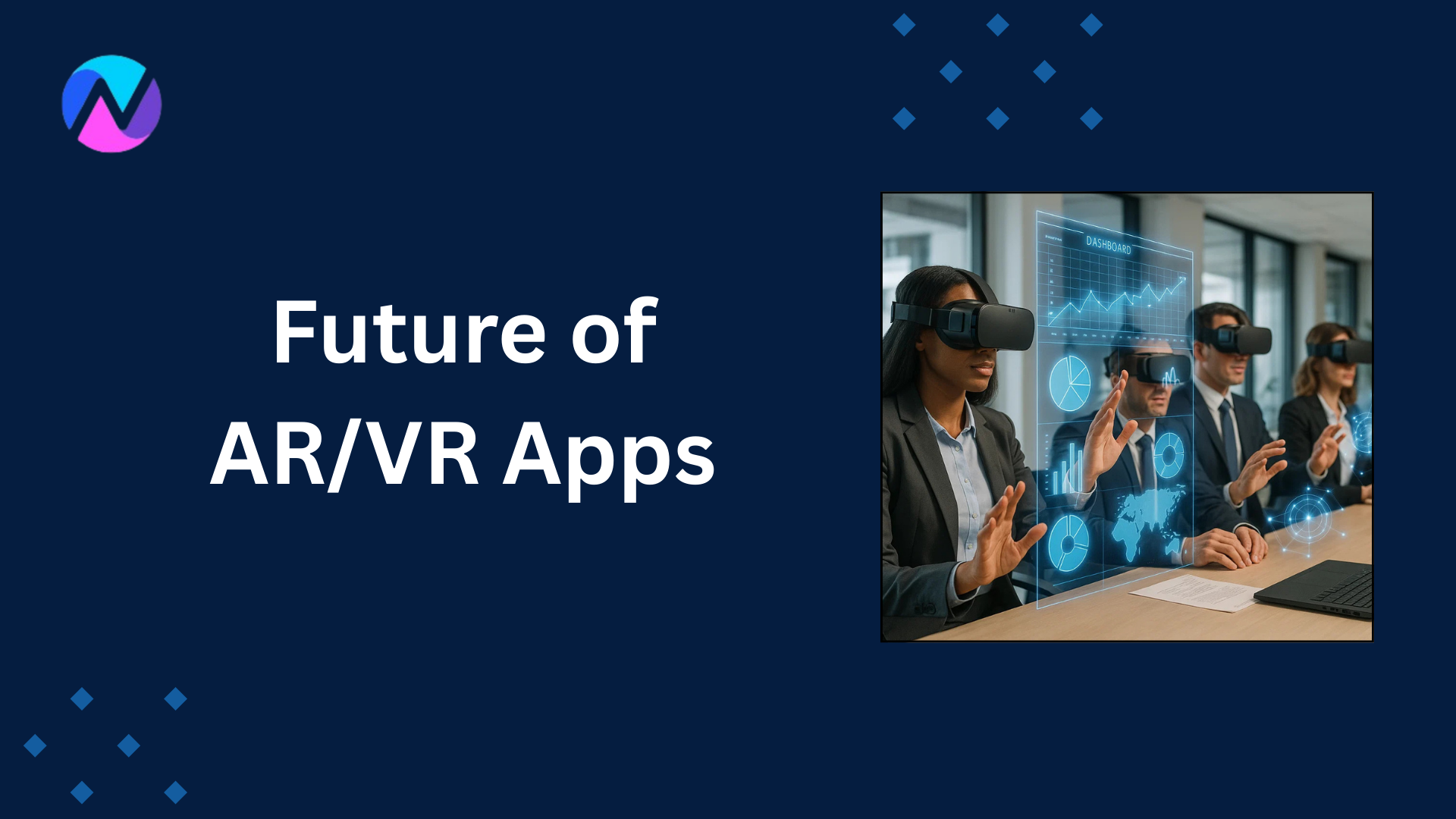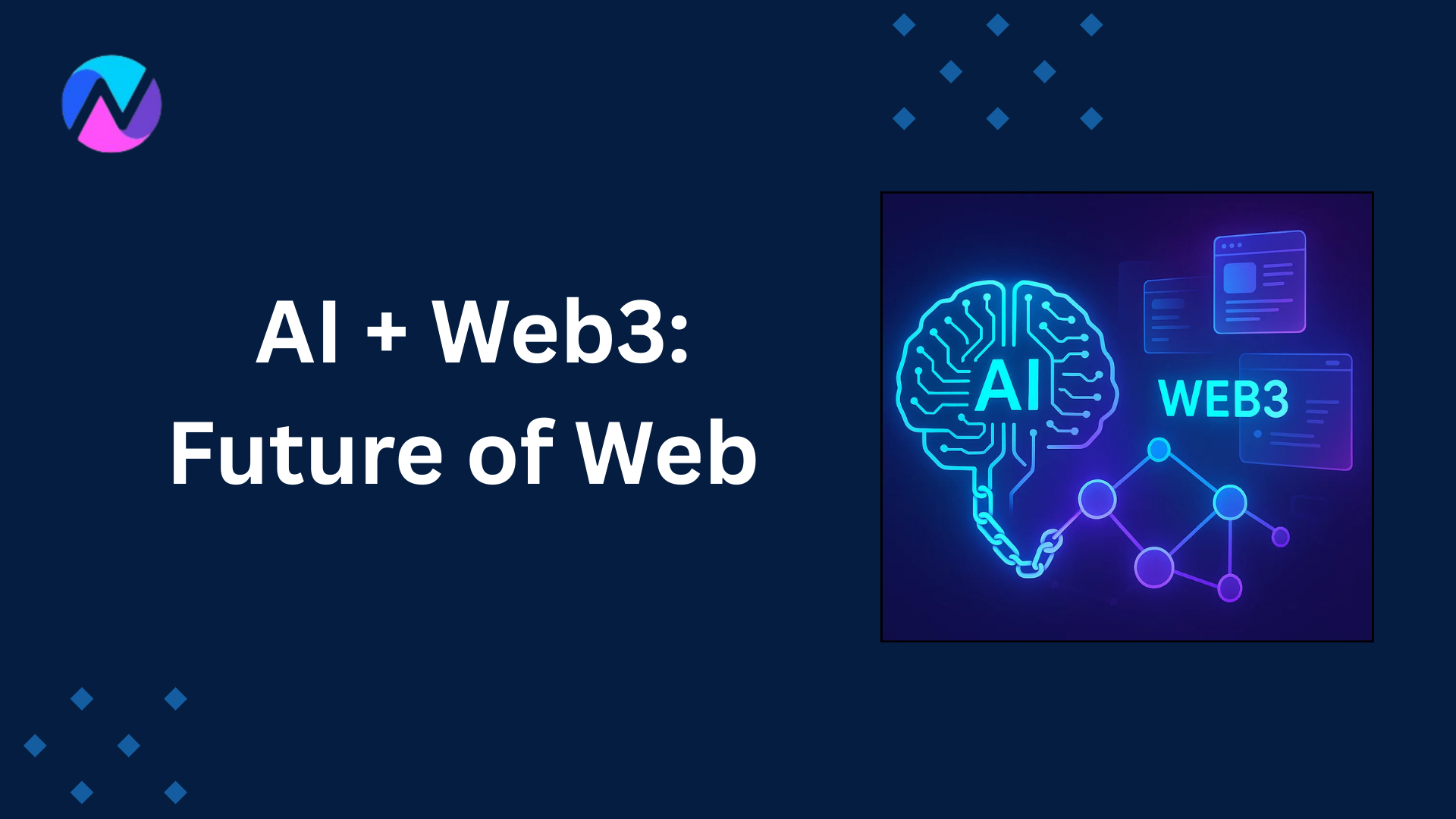
Introduction
The world of software is entering a new era — one where applications are not just functional, but intelligent. Artificial Intelligence (AI) is at the heart of this transformation, enabling apps to learn, adapt, and respond in ways that were once impossible. From personalized recommendations to predictive analytics, AI-powered software is shaping the way businesses operate and users interact with technology.
This is more than just a tech upgrade — it’s a strategic shift that can redefine your product’s value, improve efficiency, and give you a competitive edge in the market.
Why AI-Powered Software Matters
AI-powered software goes beyond static, rule-based systems. Instead of simply executing predefined instructions, it can process vast amounts of data, identify patterns, and make real-time decisions.
Here’s why it’s becoming essential:
- Personalized User Experiences – Tailor features, content, and recommendations to individual preferences.
- Smarter Decision-Making – Predict outcomes and act on them instantly.
- Operational Efficiency – Automate repetitive tasks and reduce human error.
- Scalable Intelligence – The more data your system processes, the smarter it becomes.
Core AI Capabilities to Integrate
1. Recommendation Systems
- What it does: Suggests relevant products, services, or content based on user behavior.
- Impact: Increases engagement, boosts sales, and enhances user satisfaction.
- Example: A streaming app curating a “For You” list based on your watch history.
2. Predictive Analytics
- What it does: Forecasts trends, behaviors, and events before they happen.
- Impact: Helps businesses prepare for demand changes, prevent churn, and reduce risks.
- Example: An online store predicting which products will sell most during the holiday season.
3. Conversational AI
- What it does: Enables natural, human-like conversations through chatbots and virtual assistants.
- Impact: Provides instant, 24/7 support and reduces customer service workload.
- Example: A travel booking site chatbot that answers queries and books tickets in real-time.
4. Computer Vision
- What it does: Understands and interprets visual content such as images and videos.
- Impact: Powers automation in verification, security, and quality control.
- Example: A banking app that verifies customer identity using facial recognition.
5. Anomaly Detection
- What it does: Identifies unusual patterns in data, often indicating fraud or system issues.
- Impact: Protects against security breaches and financial losses.
- Example: A payment gateway detecting suspicious transactions in real-time.
Step-by-Step: Bringing AI into Your Software
Step 1: Identify High-Impact Use Cases
Focus on areas where AI can deliver measurable improvements — such as recommendations, fraud detection, or demand forecasting.
Step 2: Gather and Prepare Data
Clean, relevant, and well-structured data is the foundation of AI success.
Step 3: Choose the Right Technology Stack
Select tools, frameworks, and models that align with your objectives and scale.
Step 4: Develop and Integrate
Build or train your model, then connect it to your application through APIs or embedded logic.
Step 5: Test and Monitor
Continuously track performance, watch for data drift, and refine your models.
Overcoming Common AI Implementation Challenges
- Data Privacy and Compliance: Follow strict regulations (GDPR, HIPAA) and secure sensitive information.
- Model Bias: Train on diverse datasets to avoid unfair results.
- Cost Control: Start small with pilot projects before full-scale deployment.
- User Trust: Be transparent about how AI works in your application.
The Business Benefits of AI-Powered Applications
- Higher user engagement and retention
- Increased revenue through better targeting and personalization
- Lower operational costs with automated processes
- Competitive advantage through innovation and differentiation
Looking Ahead
The next decade will see AI deeply embedded in every aspect of software — from invisible background processes to user-facing features that feel almost magical. Businesses that act now will not only stay ahead but also redefine their industry standards.
If you’re considering making the shift, the best approach is to start with a conversation — understand your needs, identify the right AI opportunities, and move forward with a clear strategy.


